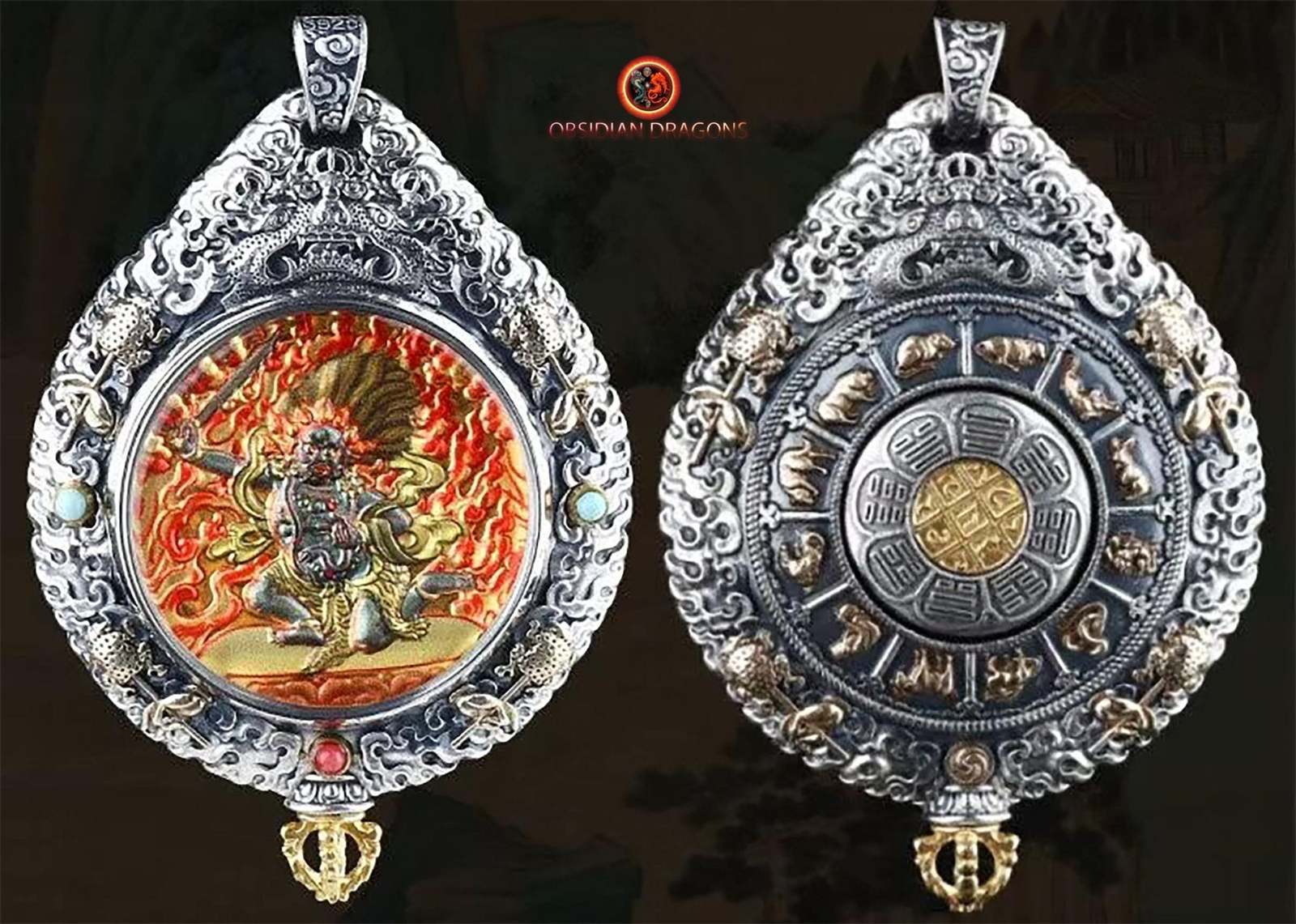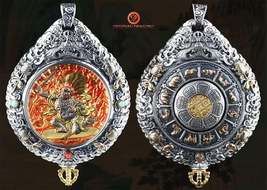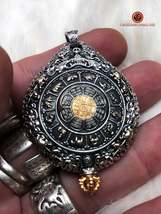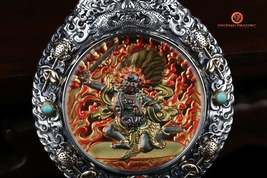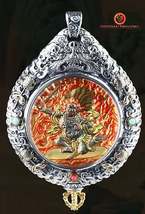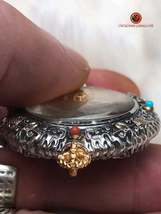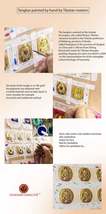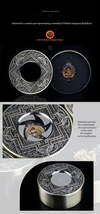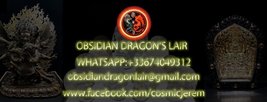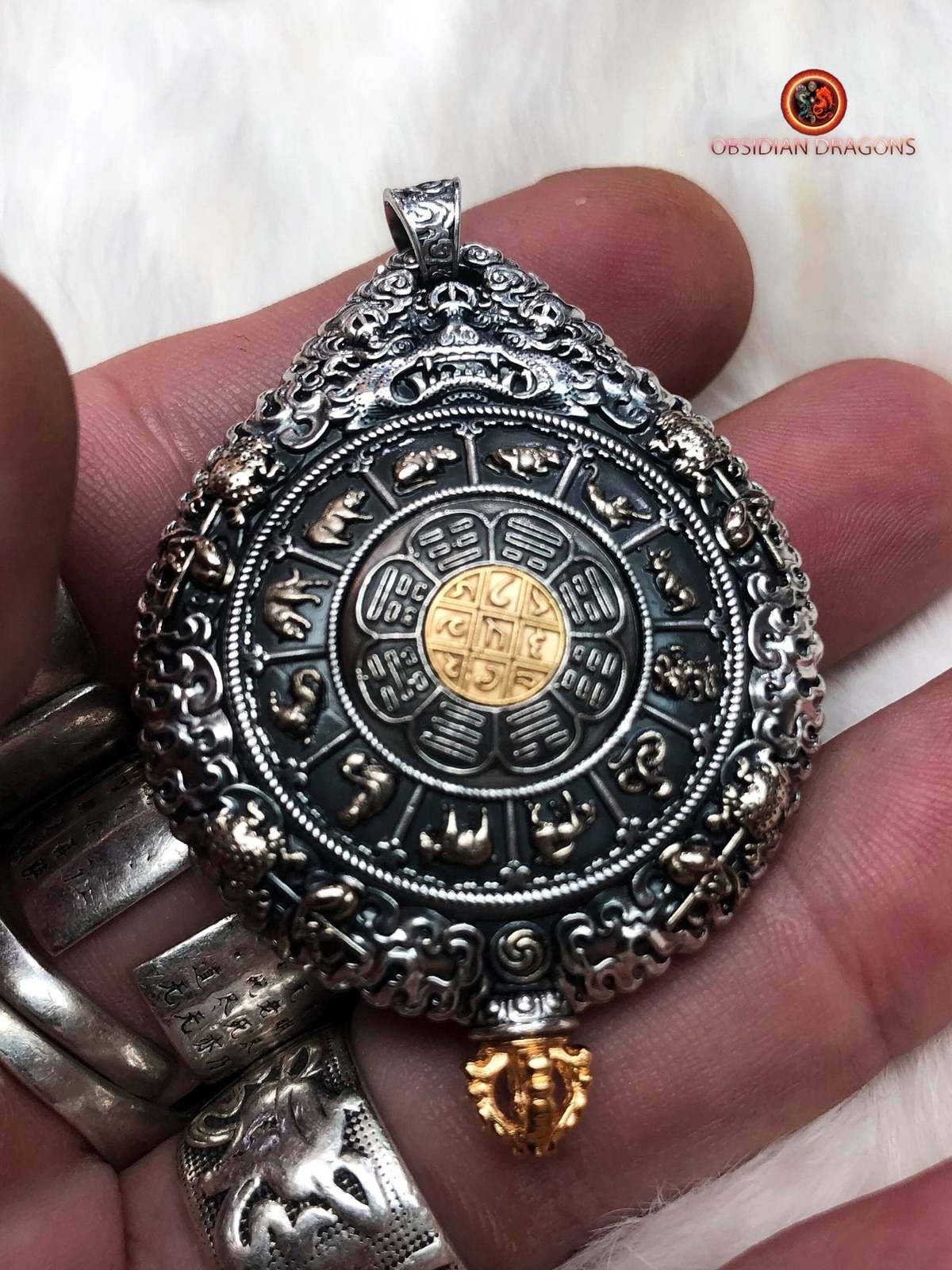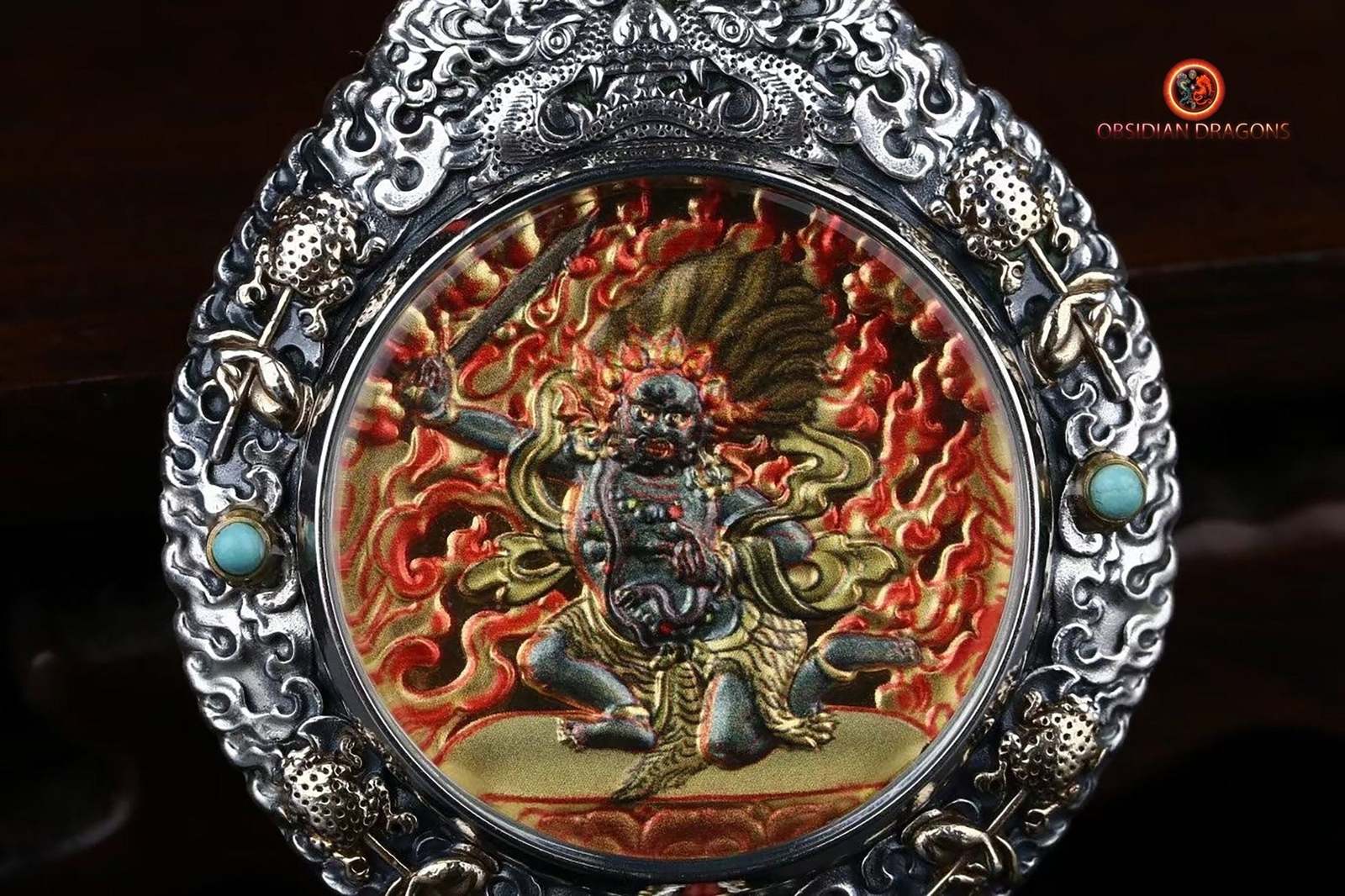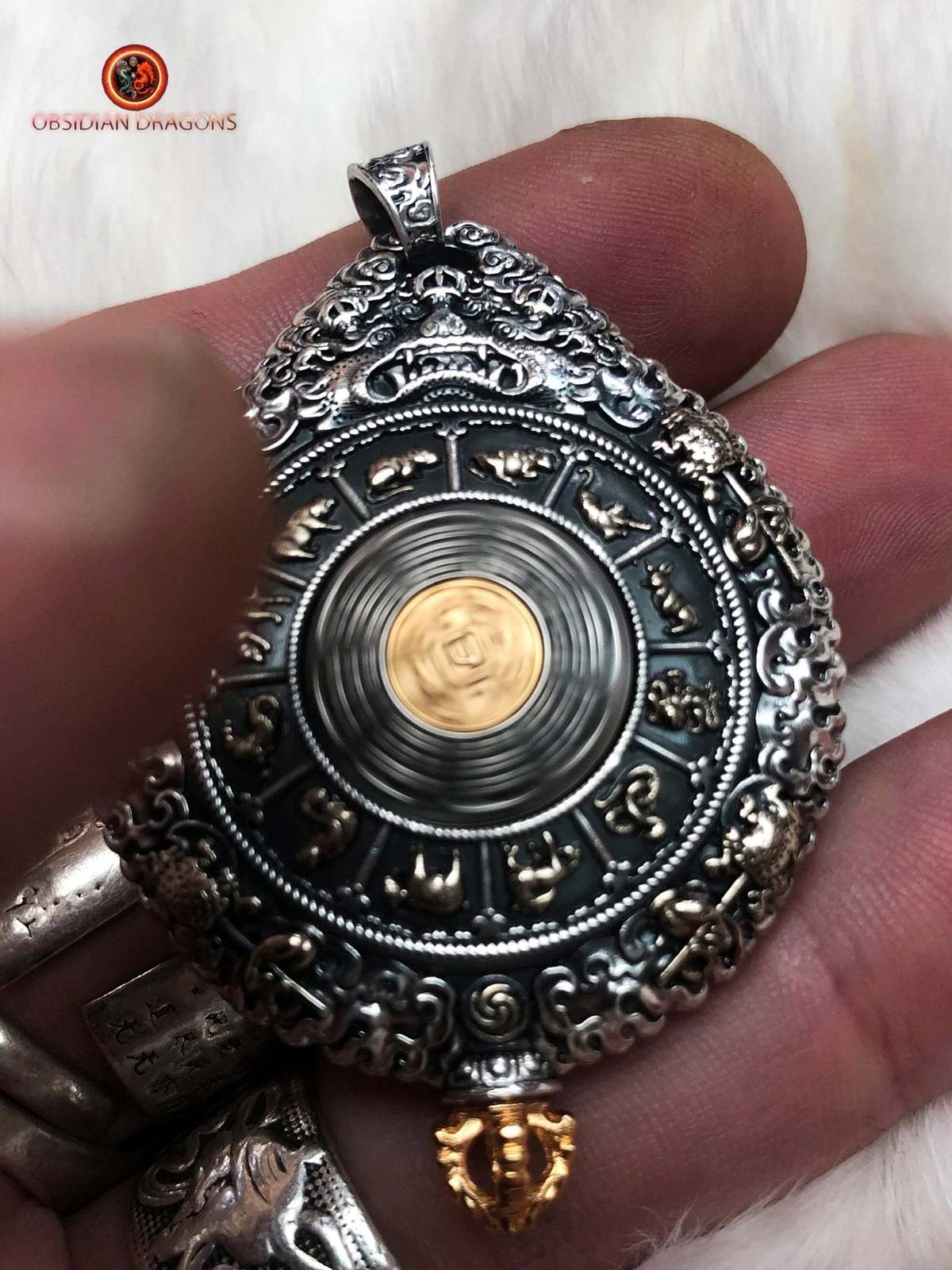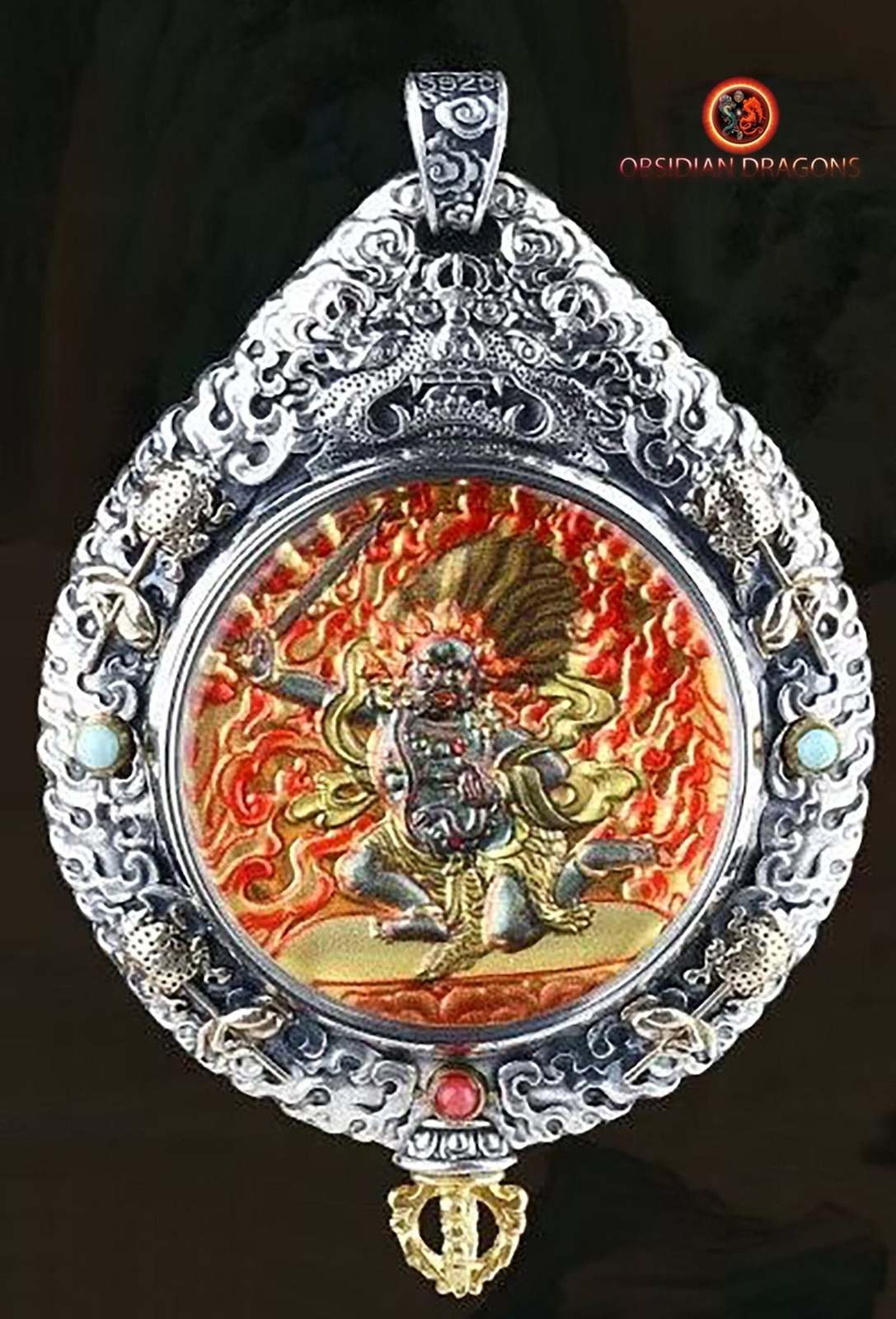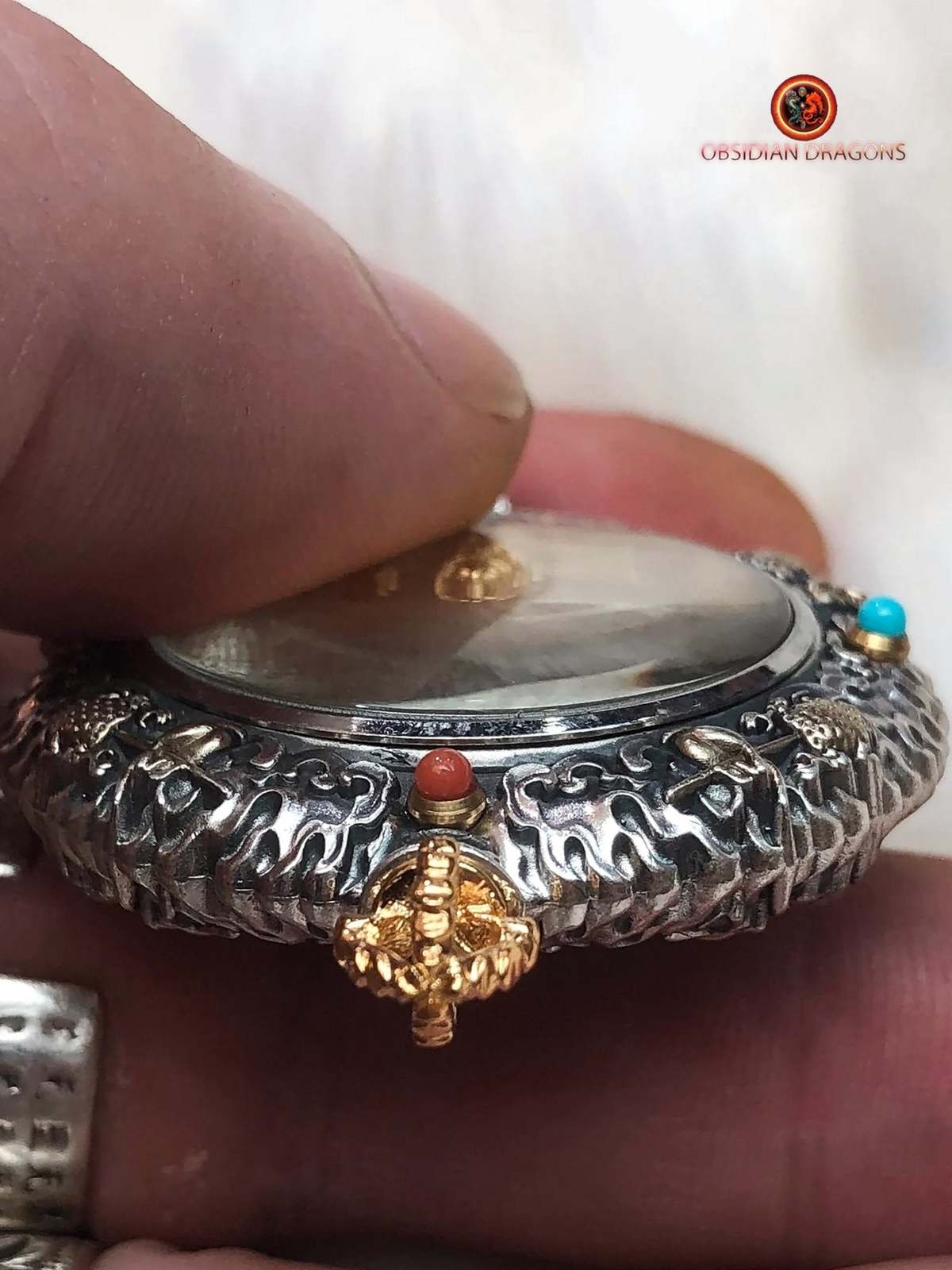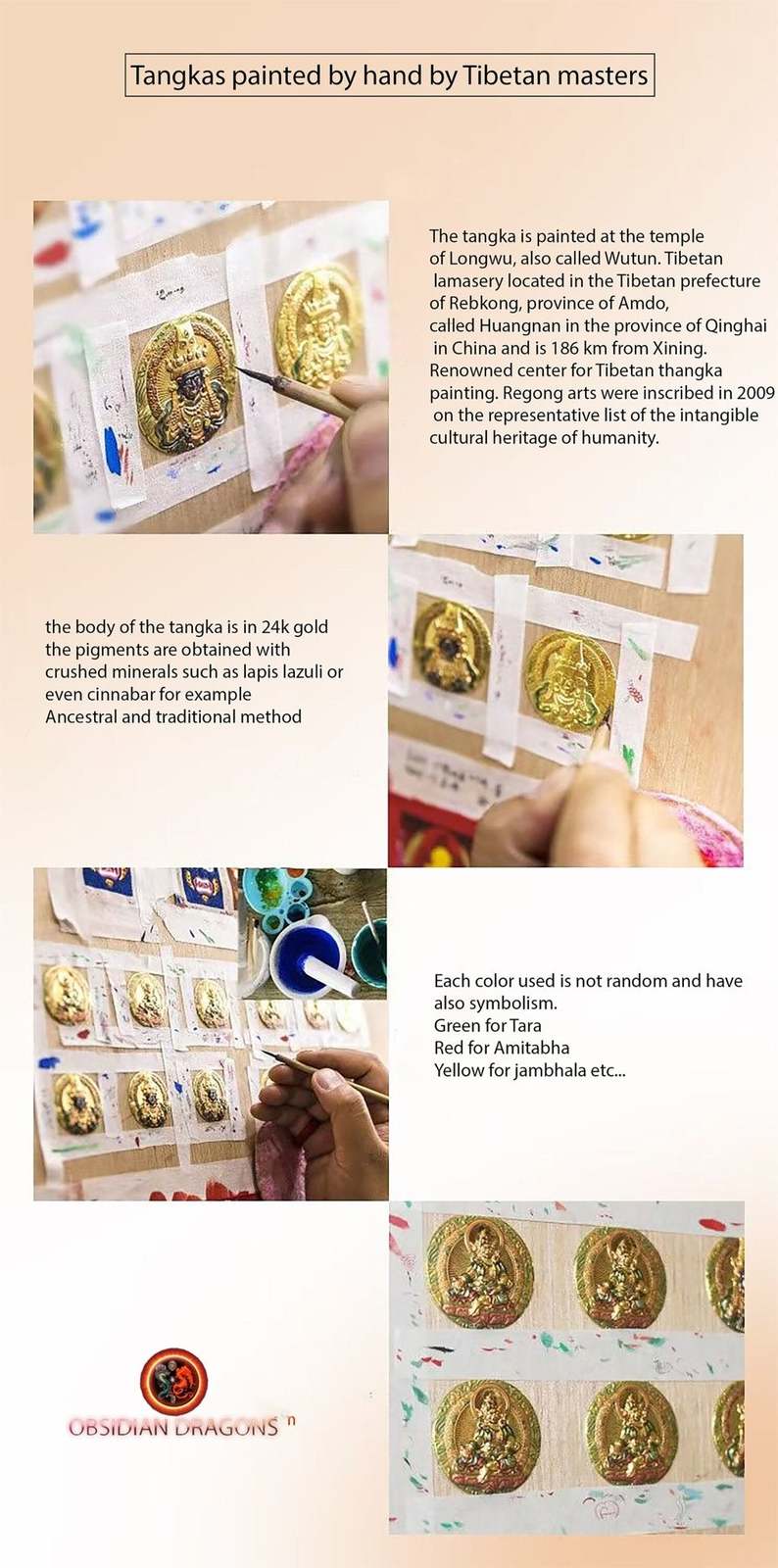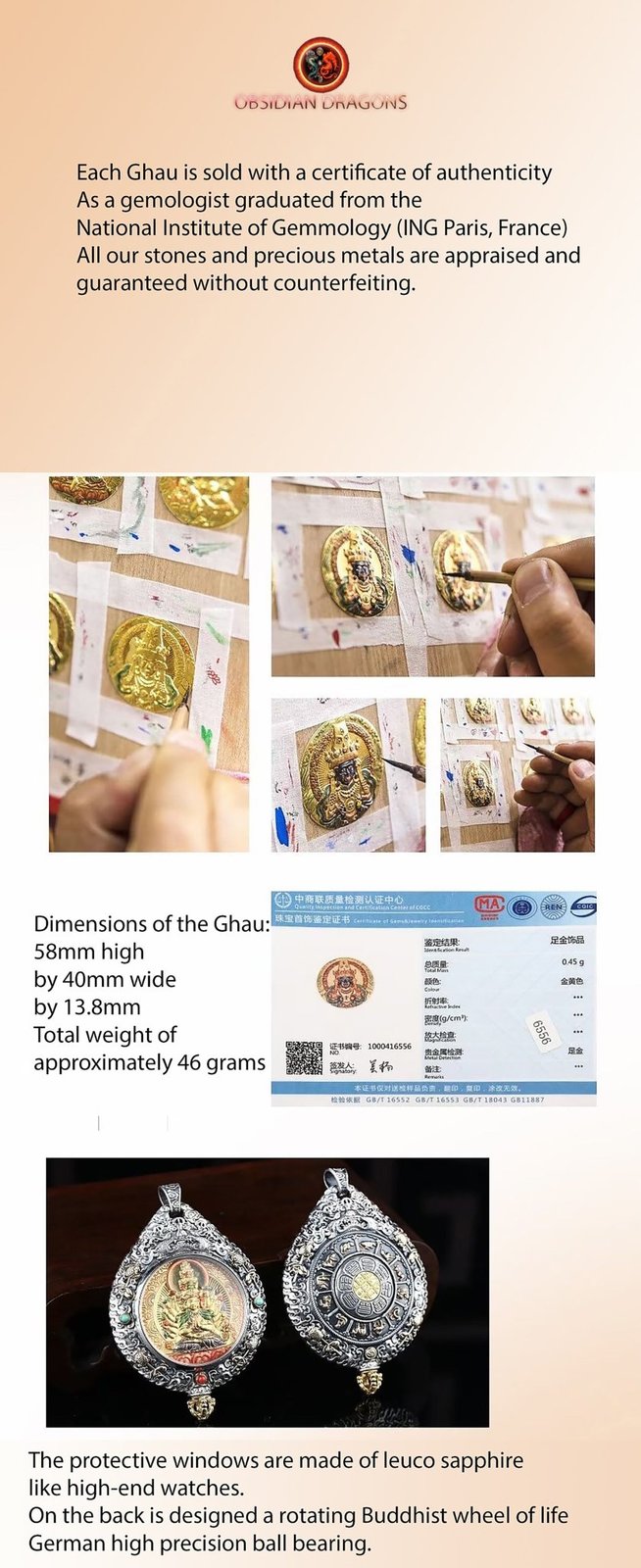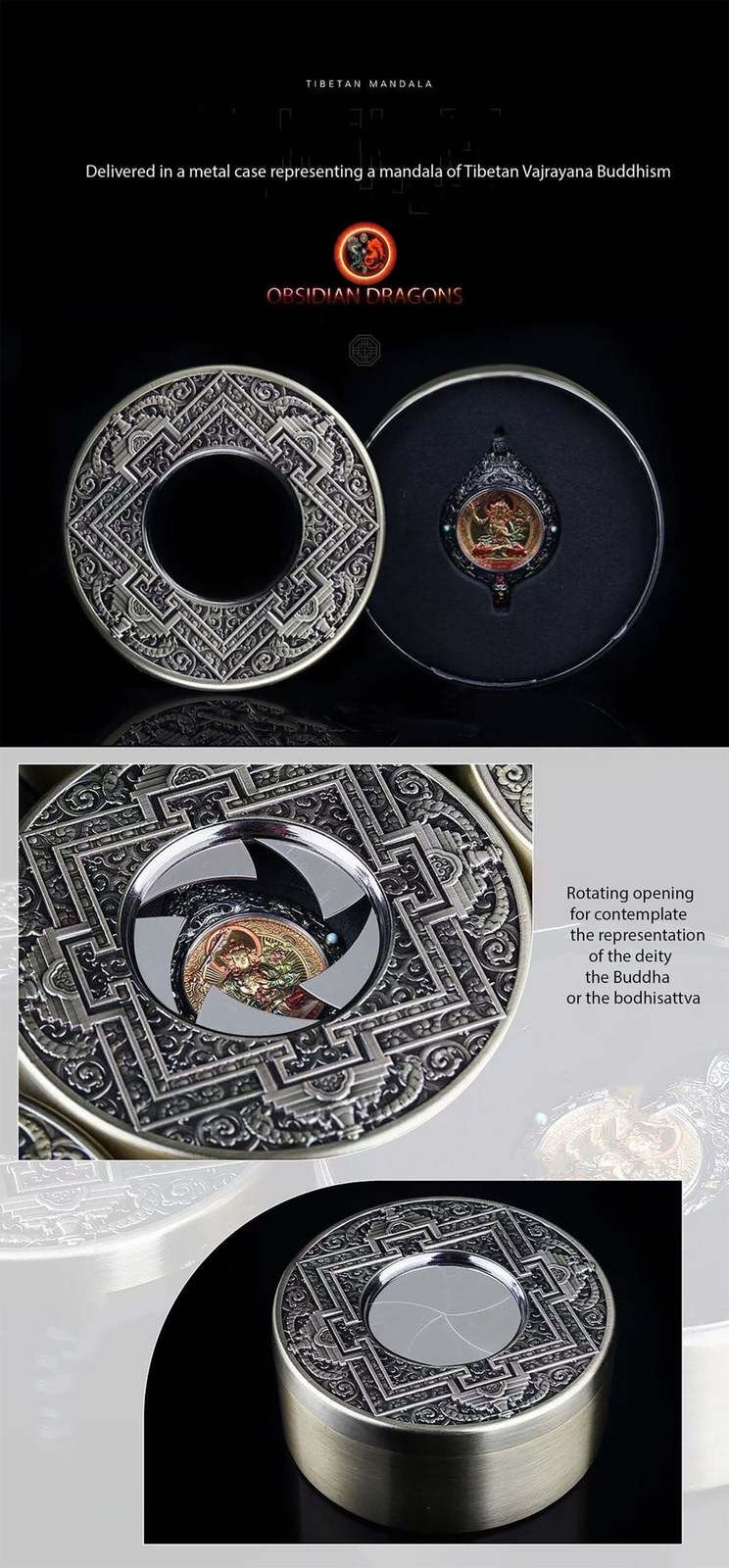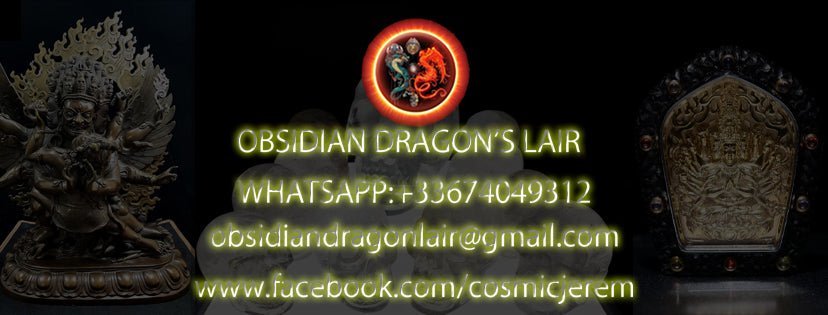Rendered at 10:04:42 10/19/25
Sign up and get $15.00 bCredits free to use at checkout and another $5.00 bCredits when you make your first purchase. More info
Envío gratis
buddha pendant. protection of Vajrapani. Authentic ghau with tangka painted
$10,972.70 MXN
Sign up and get $15.00 bCredits free to use at checkout and another $5.00 bCredits when you make your first purchase. More info
Los buques de
China

Share & earn! Sign in, share this or any listing, and you’ll get commission when it sells.
Learn more
Las opciones de envío
Política de oferta
OBO - El vendedor acepta ofertas en este artículo.
Detalles
La política de devoluciones
Full refund available for DOAs
Protección de compra
Opciones de pago
PayPal accepted
PayPal Credit accepted
Venmo accepted
PayPal, MasterCard, Visa, Discover, and American Express accepted
Maestro accepted
Amazon Pay accepted
Nuvei accepted
Las opciones de envío
Política de oferta
OBO - El vendedor acepta ofertas en este artículo.
Detalles
La política de devoluciones
Full refund available for DOAs
Protección de compra
Opciones de pago
PayPal accepted
PayPal Credit accepted
Venmo accepted
PayPal, MasterCard, Visa, Discover, and American Express accepted
Maestro accepted
Amazon Pay accepted
Nuvei accepted
Rasgos del artículo
| Categoría: | |
|---|---|
| cantidad disponible: |
Sólo uno en stock, para muy pronto |
| Condition: |
New |
| Type: |
Pendant |
| grams: |
0 |
| weight: |
0.0 |
| Weight Unit: |
kg |
Detalles del anuncio
| Las políticas del vendedor: | |
|---|---|
| Envío de descuento: |
No ofrece el envío combinado |
| Publicado en venta: |
Más de una semana |
| Artículo número: |
1498004732 |
Descripción del Artículo
Ghau dimensions: 58mm high by 40mm wide by 13.8mm thick Weight of 46 grams.
The ghau is a kind of portable altar in which the image of the possessor's chosen deity is kept, wrapped in silken garments. The vast majority of Tibetans use ghau at home and carry it on their travels. They keep it on a real altar at home. When traveling, it is attached to the back belt. It serves as a protective symbol during travels and also allows its owner to prove his devotion to his deity.
Genuine traditional Tangka Regong The tangka is painted at the temple of Longwu, also called Wutun. The tangka is painted on the deity in gold, a very difficult and traditional art.
Wutun is a Tibetan lamasery located in the Tibetan prefecture of Rebkong, Amdo province, called Huangnan in the province of Qinghai in China and is 186 km from Xining.
Renowned center of Tibetan thangka painting. The Regong arts were inscribed in 2009 on the representative list of the intangible cultural heritage of humanity. The colors of this tangka are made of pure gold and crushed minerals.
925 silver hallmarked according to international standards
18K gold
Copper
Turquoise from the province of Hubei Agate called nan hong (southern red) from the province of Yunnan entirely natural.
This exceptional agate owes its intense red color to its natural cinnabar content.
As a gemologist graduated from the National Institute of Gemmology in Paris, all our stones are appraised and certified.
Buddhist wheel of life rotating on the back thanks to a high precision ball bearing system developed in Germany
The protective windows are made of leuco sapphire like high-end watches.
Comes in a premium metal box
Mixed pendant, man and woman, intended for adults.
Color: silver, copper, and gold.
VAJRAPANI
Vajrapani is a bodhisattva who represents the energy of enlightened mind and his mantra also symbolizes this quality. Vajrapani is a very popular figure in Tantric Buddhism. He is depicted dancing wildly in the center of a halo of flames, which represent transformation. He holds in his right hand a vajra (thunderbolt or diamond flash) which shows with what force he cuts through the darkness of illusion. Vajrapani looks wrathful but, as a representation of the awakened mind, he is completely devoid of hatred. Vajrapani is a deva in Hinduism but also a boddhisattva for Buddhists. “He appears from the 2nd century in Mah?y?na iconography as endowed with great strength and as the protector of the Buddha. In Greco-Buddhist art he resembles Heracles, holding a short club in the shape of a vajra. He is identified with the protector “powerful as an elephant” who would have watched over Shakyamuni at his birth. Similarly, it is claimed that it was he who protected the Buddha from a landslide during his preaching at Vulture Peak. »
Added to your wish list!
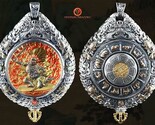
- buddha pendant. protection of Vajrapani. Authentic ghau with tangka painted
- 1 in stock
- Price negotiable
- Handling time 5 day.
- Returns/refunds accepted
Get an item reminder
We'll email you a link to your item now and follow up with a single reminder (if you'd like one). That's it! No spam, no hassle.
Already have an account?
Log in and add this item to your wish list.


